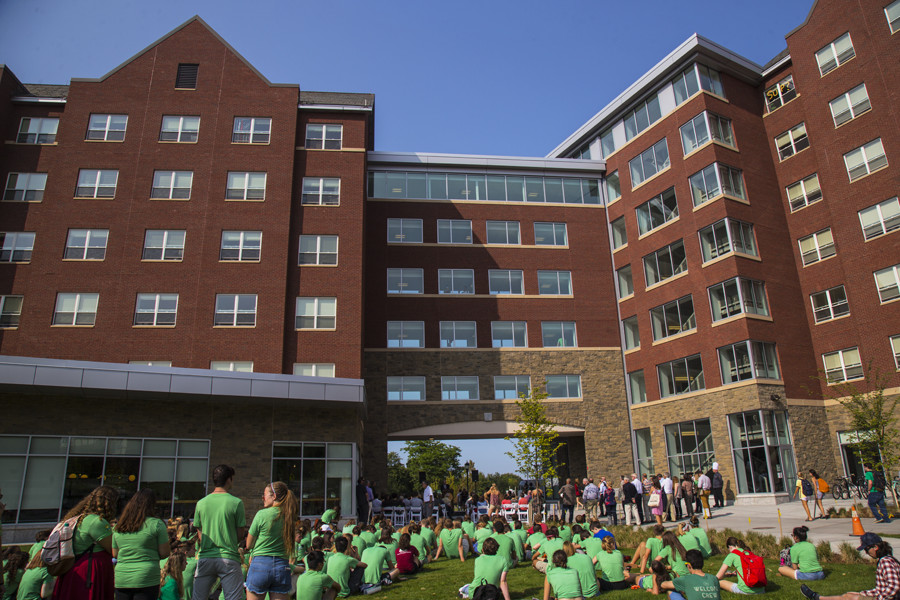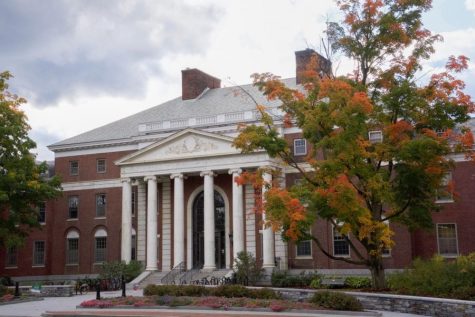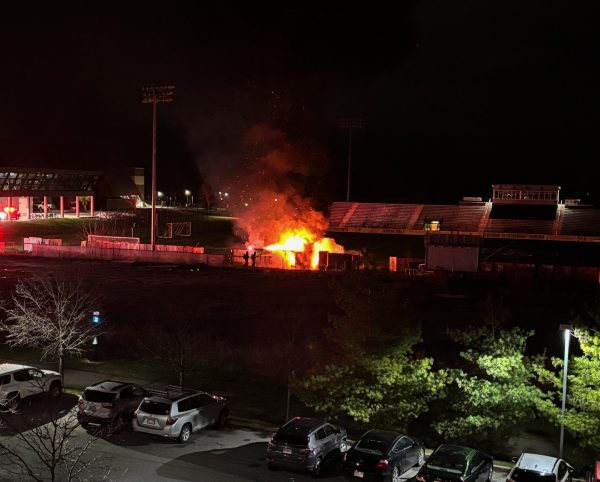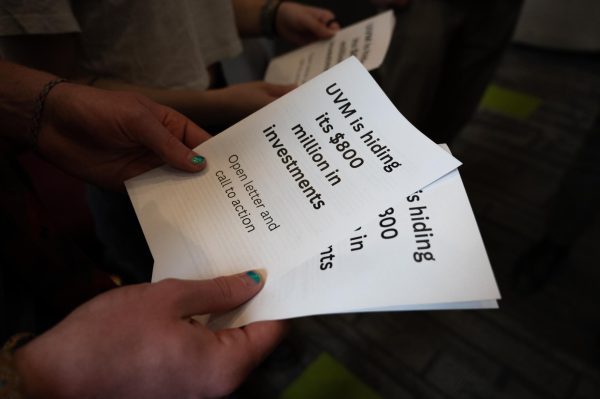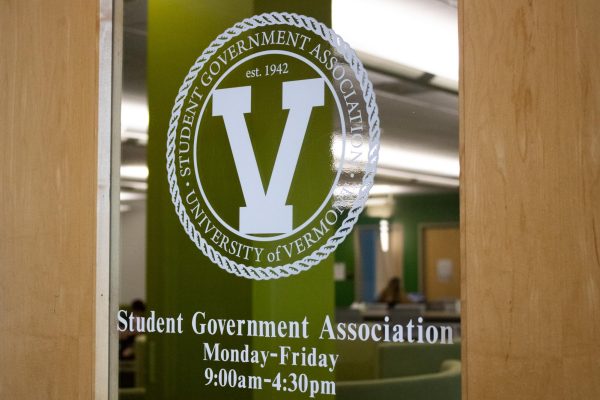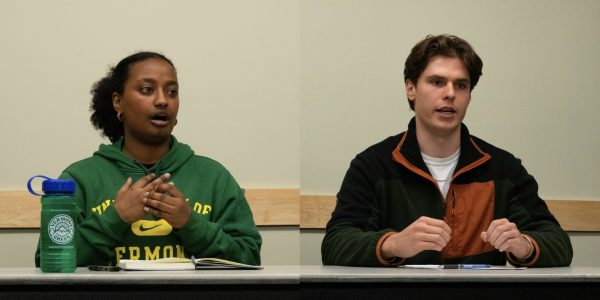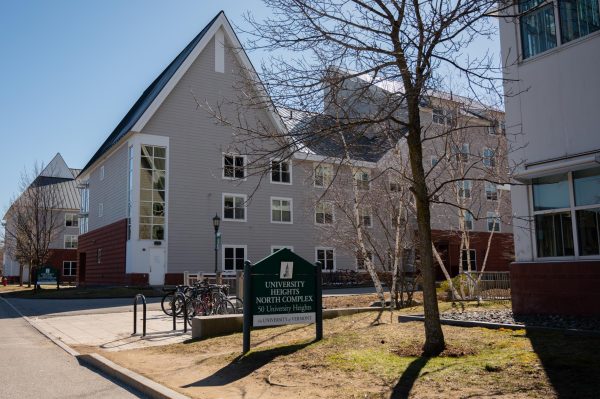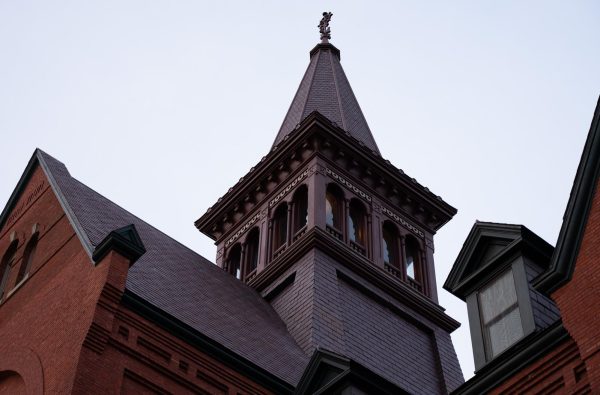UVM does not reach programmed housing goal
October 4, 2017
Last year, UVM set a goal to have 100 percent of incoming first-years enrolled in programmed housing.
Reslife offers a number of programmed housing options, centered around a theme that seeks to create a community within the dorms, according to the UVM website.
“Residence halls are more than simply a place to live,” said Annie Stevens, vice president of student affairs. “We know that students benefit when they participate in learning communities created with a shared purpose that engage students in active learning.”
Originally, ResLife had hoped to have all incoming first-years of 2018 in programmed housing, according to UVMs strategic goals and current initiatives statement.
This goal has recently been changed from 100 percent to 80-85 percent, according to ResLife Director Rafael Rodriguez.
This year, student enrollment in programmed housing jumped to 72 percent from 47 percent in 2016, according to Rodriguez.
This increase can be accredited to refinement of the selection process, and crafting of intentional common goals throughout the learning communities, Rodriguez said.
Next fall’s first-years will not be required to choose a learning community, Rodriguez said.
While the long term goal is to eventually have 100 percent of first-years in programmed housing, ResLife would prefer to see this happen through student interest, according to Rodriguez.
“It’s a self-driven process,” Rodriguez said.
The purpose of promoting programmed housing is to provide students with opportunities to connect around a common interest, participate in a class based on that interest, and build sources of support, he said.
UVM hopes to enhance the on-campus living experience with programmed housing, Stevens said.
“Learning communities will be collaboratively created to promote student leadership and build lasting friendships and meaningful faculty and staff connections through a student’s four years and beyond,” she said.
The overarching feedback from students in programmed housing has been positive, according to ResLife.
All communities opened either full or with a waitlist without any push from ResLife, Rodriguez said.
“Being in a program where you already have one thing in common with someone else makes it easier to form friendships,” said first-year Drew Whitney, who lives in Outdoor Experience.
Some in regular residential housing, like first-year Abbi Knight, said they do not need a structured community to make connections in their dorms.
“I wanted to meet a variety of people that don’t necessarily have the same interests as I do,” Knight said. “Non-programmed housing is perfect for a variety of people and it brings different groups of people together.”
ResLife asserts that the idea that programmed housing lacks diversity is a misconception.
“It’s a false narrative,” Rodriguez said. “You still meet a variety of people.”
Students in both programmed and regular housing have also expressed concern about ResLife’s ultimate goal for 100 percent programmed housing.
“I don’t think every person can fit into something,” said first-year Hannah Ritz, who lives in the Leadership learning community. “I don’t think it’s really fair to force people to try and fit in somewhere.”
Reslife will not require first-years to live in programmed housing right away, according to Rodriguez.
Their hope is that student interest will grow to reach 100 percent naturally. Required program housing is still in consideration, but not for the immediate future, Rodriguez said.
“It will be interesting to see how this naturally progresses as members creep up on their own,” Rodriguez said.


